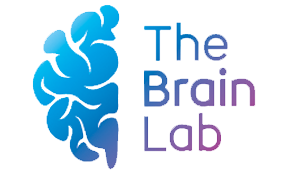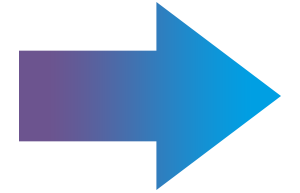Neurofeedback and NeuroField
Traditional approaches to brain malfunction have been restricted to chemical or physical interventions; based on the assumptions accumulated over a hundred years of study and practice that insisted that brain functioned physically or by way of chemical reaction.
Over time, practitioners looked to other areas of research, that required less drastic action and, the first investigations of brain-wave function and feedback became established.
Decades on, we now have a huge body of evidence and a clear pathway to neurological health by establishing key platforms on which to work; bio feedback, diet and appropriate exercise.
The Brain Lab has consolidated its process and, despite being an aspect of constantly evolving practice, the therapy has been advanced through collaborative working with other neuro field practitioners around the globe.
The neurofield technology continues to identify areas of dysfunction and suggests areas to stimulate healthy repair and flexible growth.
Active and attentive brains allow us to function at higher levels, so our therapy is a perfect support for sporting and corporate minds that require key focus and attention to detail.
Our Process
The BrainLab provides neurotherapy by combining tried and tested technology documented in published peer reviewed studies which show its effectiveness in adults and children. The equipment is used to identify dysregulation in the brain which are the cause of symptoms or problems in the client.
A 3 stage process is used to help regulate the brain more efficiently:
Why do we do this?
Brainwaves, generated by brain cells called neurons communicate with each other chemically and electrically in a manner which has become better understood over the years. These changes can clearly be seen when scanning using an electroencephalogram, EEG.
The activity of these neurons is measured in cycles per second and the unit of measure is Hertz (Hz) after the famous scientist. Generally the higher the value in Hz the higher the activity but the energy within the waves (measured in microVolts) is an important factor which enables deductions to be made as to functioning of those neurons.
Several types exist:
|
Brainwave |
Frequency |
Occurrence |
Function |
Effect of Imbalance |
|---|---|---|---|---|
|
Delta |
1 - 4Hz |
During sleep |
Physical growth, restoration, complex problem-solving |
Sleep disturbance, foggy thinking, poor impulse control, poor judgement, learning difficulties, difficulties processing. |
|
Theta |
4 -7 Hz |
‘Twilight zone’ |
Sleep, deep relaxation, visualisation, learning, memory, spontaneity, creativity |
Distractibility, inattention, diminished intellectual efficiency, day dreaming, depression, loss of focus. |
|
Alpha |
8 -13 Hz |
Relaxed calm focused attention. |
The brain’s main driving force – the state of optimal energy efficiency in terms of oxygen and glucose utilisation. Higher alpha frequencies are associated with accurate and efficient information processing – being ‘in the zone’ |
Anxiety, defiance, OCD, fatigue, learning problems, disassociation, depression and lack of focus. |
|
Beta |
13 -38 Hz |
During active thinking and problem solving. |
Keep us alert and focused. |
Anxiety, defiance, OCD, fatigue, learning problems, disassociation, depression and lack of focus. |
|
Sensorimotor Rhythm |
12 – 15 Hz |
SMR is dominant when sensorimotor areas are idle, e.g. during states of immobility. |
Focus and concentration – ‘stillness’ |
Hyperactivity, lack of focus and attention. Epilepsy and tic disorders. |
|
Gamma waves |
39 – 100Hz |
Higher mental activity. |
Higher Mental activity, intuition and insightfulness. |
Learning difficulties. |
All brains produce the above variety of brainwaves and the brain is capable of self-regulating its functionality by altering the balance of these brain waves. For instance, beta waves enable focus and good performance, whether at school or at work. On the other hand, when at leisure, alpha waves increase in activity in favour of beta waves which are reduced in activity.
When balance is not maintained, i.e., dysregulation, individual performance is affected negatively. For instance if insufficient delta waves are produced, a disrupted sleeping pattern sets in, leading to a lack of ability to concentrate during the day with poor consequences. Brainwaves are self-regulated by the brain itself and the process at The Brain Lab is to determine which type are low and which are too high in order to help the brain rebalance by reminding it to do so.
The origins of neurofeedback
The most significant advance in neurofeedback is attributed to Dr Barry Sterman who carried out his research at UCLA in California and his work was essential in the success of the NASA space missions which culminated with landing on the Moon.
He monitored the brain activity of cats by EEG, and noticed that specific brain wave activity was associated with muscle tension. This brain activity is now referred to as sensory motor reflex (SMR), and when the cats were rewarded with food they increased their SMR considerably.
This led to his work for NASA seeking to prevent the effects of hydrazine, a toxic by product of rocket fuel which was causing severe headaches, nausea, hyperventilation, hallucinations and seizures. Cats were also used in this research which demonstrated that those capable of generating abundant levels SMR were not affected, where as those who had not been taught to do so were not resistant to the toxicity.
Epileptic patients with severe resistance to medication were first to get the benefit of neurofeedback, and in the study 60% benefitted with a reduction of seizure activity through brain training with neurofeedback.
Other researchers were encouraged by these findings and many of his colleagues applied it to other conditions, such as ADHD, restlessness and anxiety. Since there has been many advances in neurofeedback which benefits a wide variety of conditions and different types of patients.
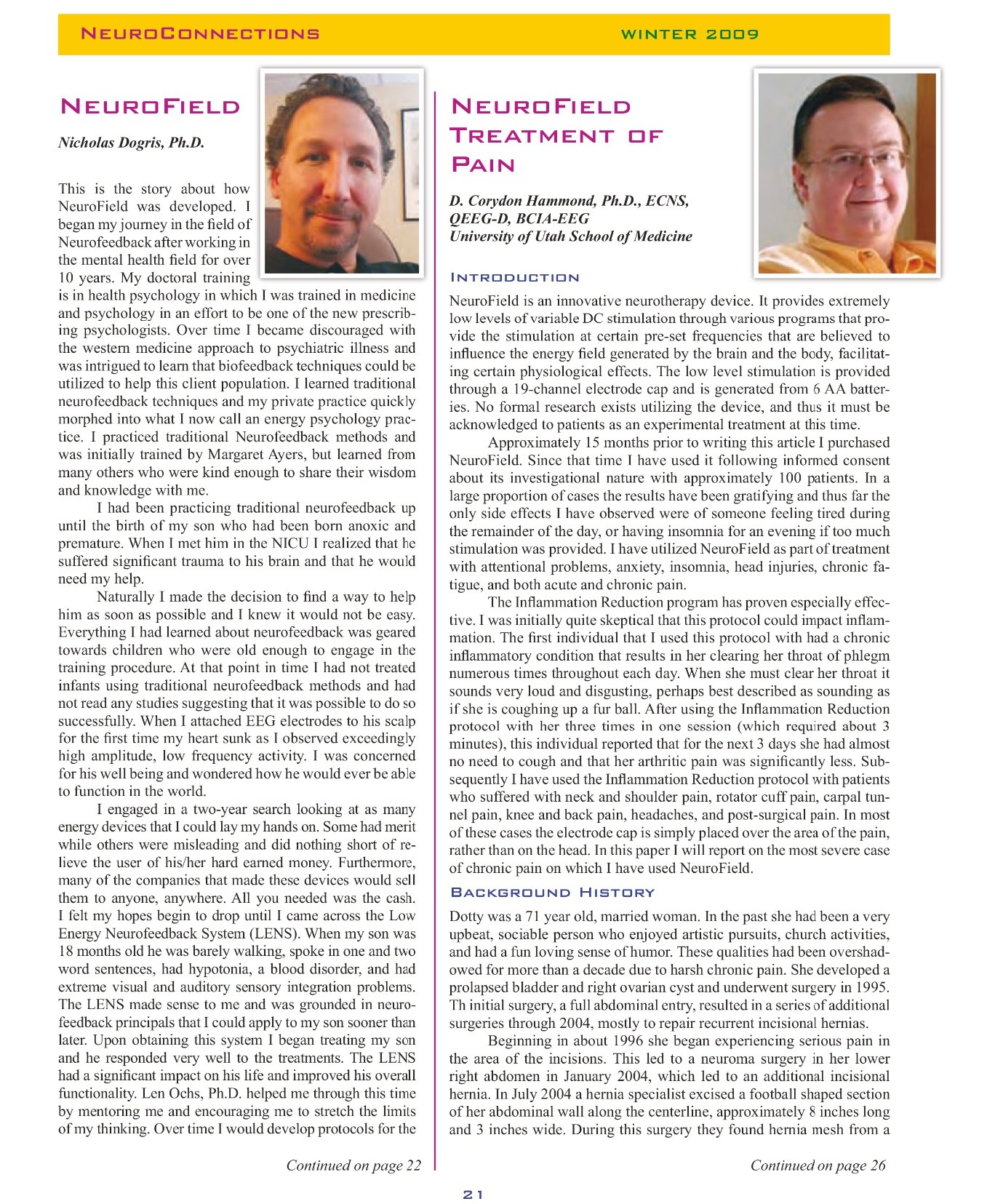
What is QEEG
This type of measurement of brain activity, quantitative Electroencephalography, reveals the distinct brain waves which are irregular as well as how the different parts of the brain connect.

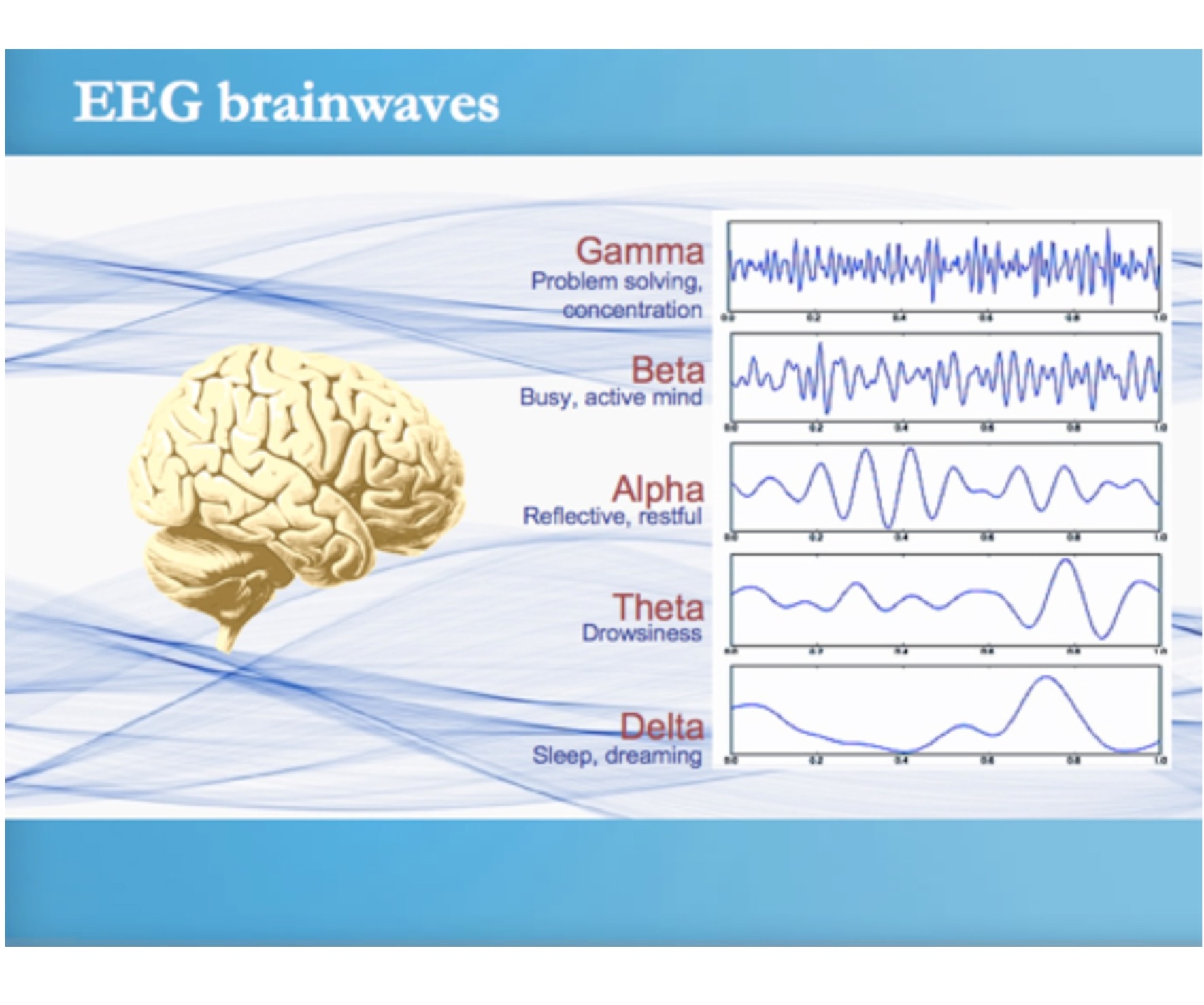
The QEEG assessment session consists of placing a cap with 19 electrodes in-built, over the head. This is the International 10/20 electrode placement system, over the scalp.
A saline gel ensures a connection between the scalp and the electrode and the cap is then connected to a special type of amplifier which enables very low levels of electrical activity to be accurately measured.
Each electrode relates to a different function of the brain and thus any dysregulation can be identified.
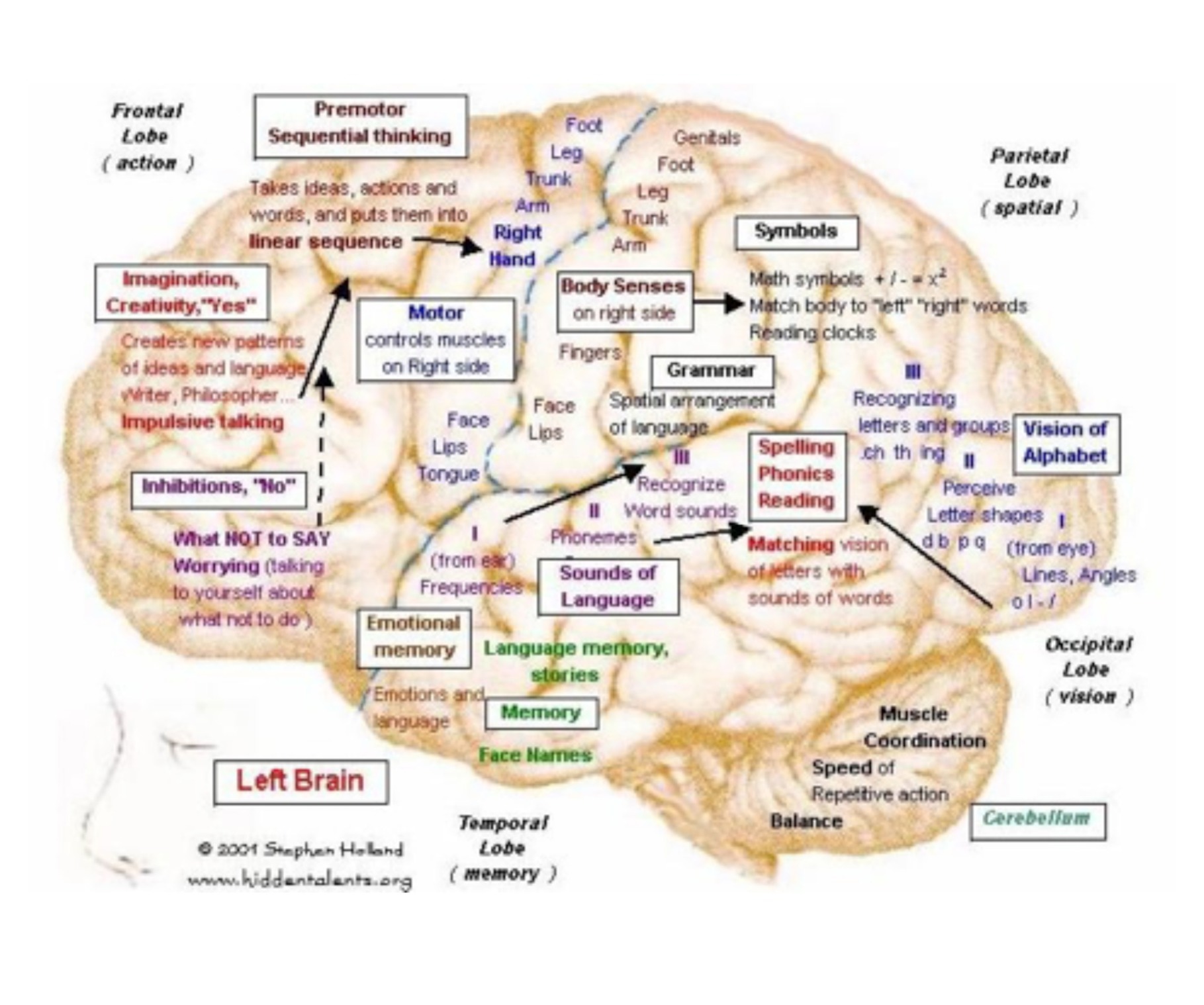
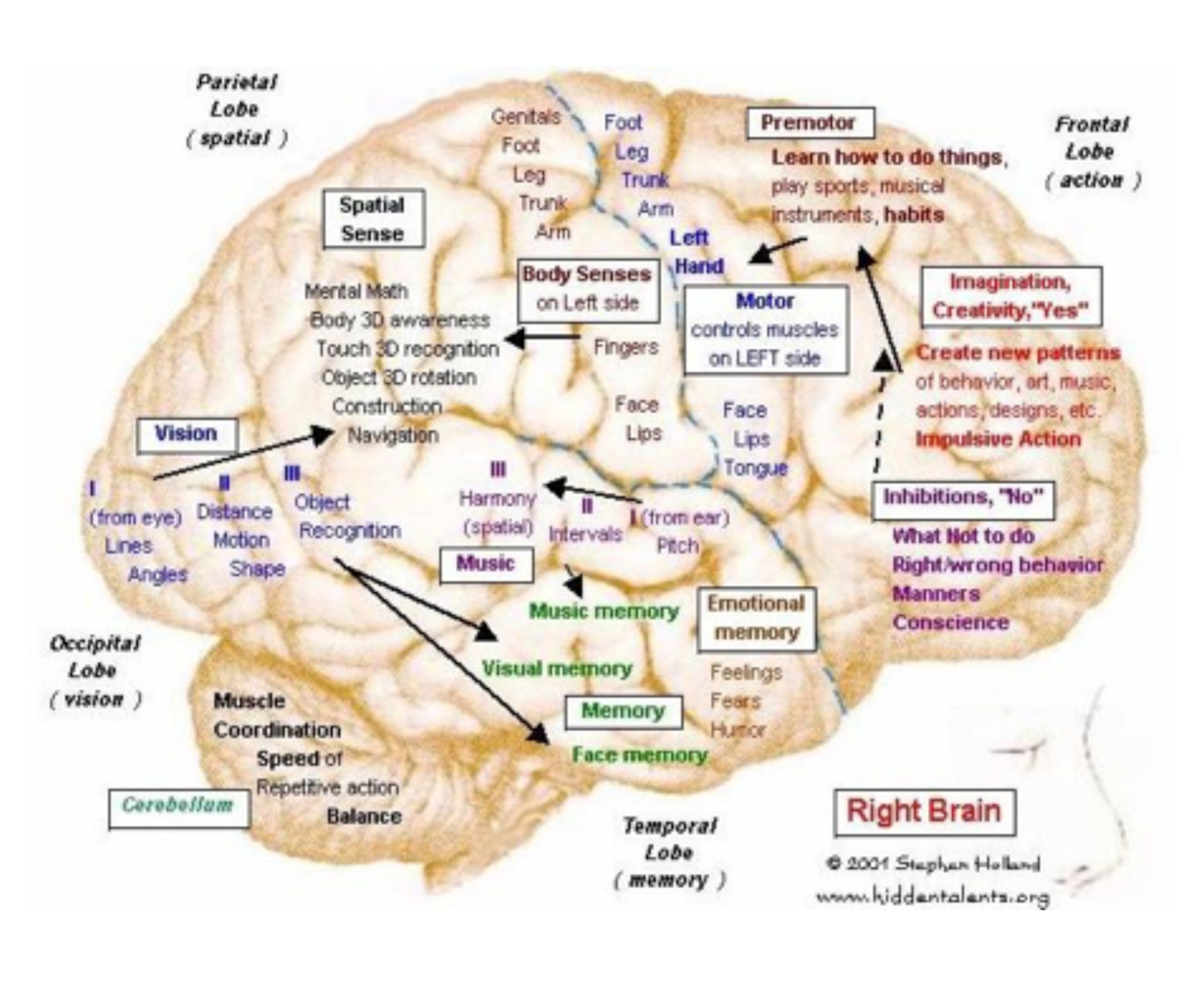
Definition of neurofeedback
Neurofeedback is a form of Biofeedback, i.e., more specific to the nerves. It is also referred to as Neurotherapy or EEG biofeedback. It is a therapy which measures the physiological responses revealed by electrical activity in the brain, to modify, to restore the right balance of brain waves using operant conditioning techniques.
The electrical activity in the brain controls the individual’s attention, thoughts, behaviour, hormones, bodily functions to name but a few of the bodily processes.
Any change in this electrical activity will have a wide impact on the body and its importance is no longer underestimated as it was in the past.
Auditory feedback (video, games or music) is linked to brain activity in order to help the brain regulate itself. For instance brain waves behave normally when rewarded to do so, i.e., this is the basis of operant conditioning. Thus the brain is encouraged to be more balanced.
In time the brain will remember this new wave pattern and considerable research has shown that these changes can be made permanent.
The Brain Lab is able to match an individual’s brain to age-matched healthy high functioning normative database (Thatcher RW (2013) Latest Developments in Live Z-Score Training; Journal of Neurotherapy 17:1, 69-87), and identify areas of the brain to be normalised.
Neurofield, why?
A non-invasive Neurotherapy technique developed by Dr Nick Dogris and Brad Witala. This FDA approved therapy consists of an ultra-low intensity (40000 times lower than a mobile phone) pulsed electromagnetic field (pEMF) which helps replenish energy and reduce stress in the brain and body.
The action of this type of pEMF encourages increases in capillary blood flow while simultaneously guiding and entraining the brain. Neurofield produces incredibly accurate frequencies enabling specific targeting or imbalances.
This type of pEMF is delivered in a relatively simple manner through coils against the head or the body as necessary. In brief, the Neurofield stimulation is simply COPIED or MIMICKED by the brain.
In this way, the brain can be “driven’ at different speeds depending on the clinical needs of the person.
Since the output of Neurofield is so low, it is possible to give pulsed EMF stimulation faster than 10Hz, at long durations, without the concern of generating heat and causing tissue damage.
This is quite unlike other systems, for example rTMS, which forces a depolarisation of the neutron, making it Neurofield the device of choice for The Brain Lab in view of its intrinsic design which avoids unwanted side effects.
tACS or tDCS, what is that?
Trans cranial either direct or alternating current stimulation improves memory, attention and learning and provides an intrinsically safe, non-invasive method to deliver low intensity current through the scalp vi electrode placed over the area required for treatment. Such method promotes neuroplasticity and creates lasting changes to the brain by encouraging new pathways.
Medical Definition of Neurofeedback:
The technique of making brain activity perceptible to the senses (as by recording brain waves with an electroencephalograph and presenting them visually or audibly) in order to consciously alter such activity.
This is neurofeedback, a kind of biofeedback for the brain, which practitioners say can address a host of neurological ills … by allowing patients to alter their own brain waves through practice and repetition.
— Katherine Ellison, The New York Times, 5 Oct. 2010 — called also neurobiofeedback, neurotherapy
So, who can we help?
We can support and offer therapeutic benefit to many sufferers of various types of impairements which are sometimes poorly understood.
Traumatic Brain Injury, Anxiety, Stroke, Age-related cognitive fatigue, Attachment, Behavioural and Learning Disorders, OCD, PTSD, Autistic Spectrum, Degenerative Disorders such as Parkinson’s, Alzheimers, ME, Fibromyalgia, Chronic Fatigue Syndrome, Epilepsy, Insomnia, Tinnitus, Migraines and many other life restricting imparements. SImilar forms of such therapies can also complement Peak Performance improvement mainly because the onset of anxiety makes it more difficult for the individual to cope.
Neurocoaching therapy and technology is constantly is evolving, please contact us today to see if we can help with any conditions not listed above.


